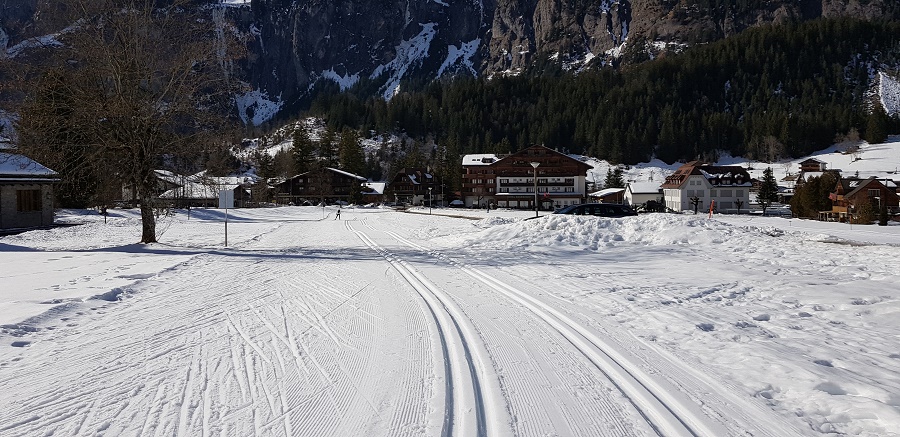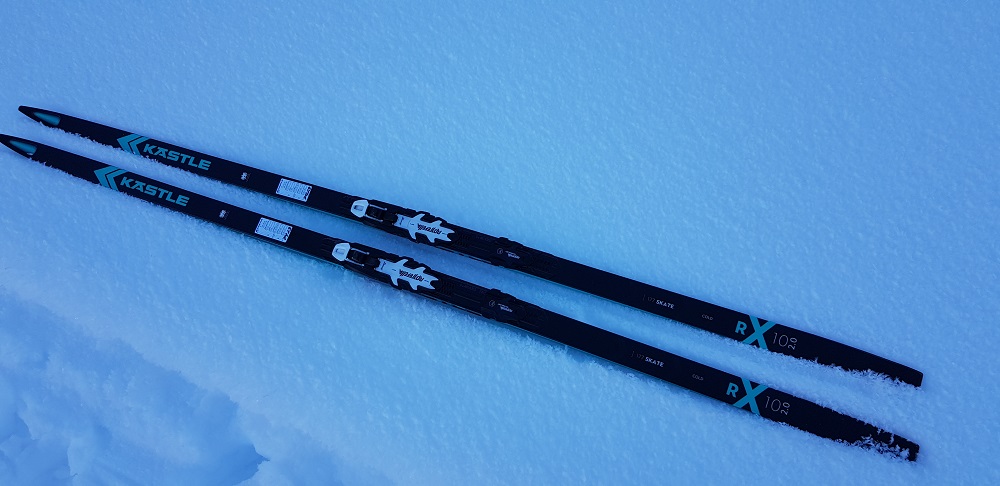- Home
- Equipment
- Best Skin Skis
- Cross Country Ski Poles
What to look for in high-end racing cross country ski poles
How to choose the right cross country ski poles for your needs
Choosing the right cross country ski poles is often considered the least important for skiers. Sure, if you are just getting started, an aluminum ski pole might be your best choice. And backcountry skiers are anyways using the less expensive aluminum poles.
But if you are skiing on groomed trails, using ski poles with composite shafts that are lighter and stiffer is a huge advantage.
With the widespread use of high-strength carbon fibers in all areas of the sporting goods industry, cross-country ski poles, once pioneers in this material, have also benefited.
Today, the total weight of a high-end single ski pole is less than 150 grams. The decisive factor here is often not the shaft itself, but the attachment parts used like the grip, strap, and basket.
So, let’s look at these four components of a cross country ski pole separately. Starting from the bottom, these are the basket, the shaft, the grip, and the strap. Each of these components play an important part in what makes a high-quality XC ski pole.
 credit: KV+ The Tornado cross country ski pole is one of the best high performance ski poles on the market
credit: KV+ The Tornado cross country ski pole is one of the best high performance ski poles on the market
The
Ski Basket
There are two effects that play a role on your skiing behavior. The size of the basket, which despite the variety of shapes still has the greatest influence on your power transmission.
And then of course the size relates to the weight, which is extremely important for good swing behavior.
Therefore, in the high-end category, manufacturers rely on extremely small baskets at the factory. Most of those baskets are now on the market with established screw or plug-in systems.
The latter is crucial when it comes to being fast on a bad groomed ski trail. These is especially important for you as a recreational racer who must get by without an excessive selection of ski poles. The variable systems are therefore a good choice and a decisive cost of saving.
So, if you are a XC ski racer who regularly changes baskets, you may look at the KV+ or the Swix ski poles. If you are just getting started, an aluminum ski pole would do it.
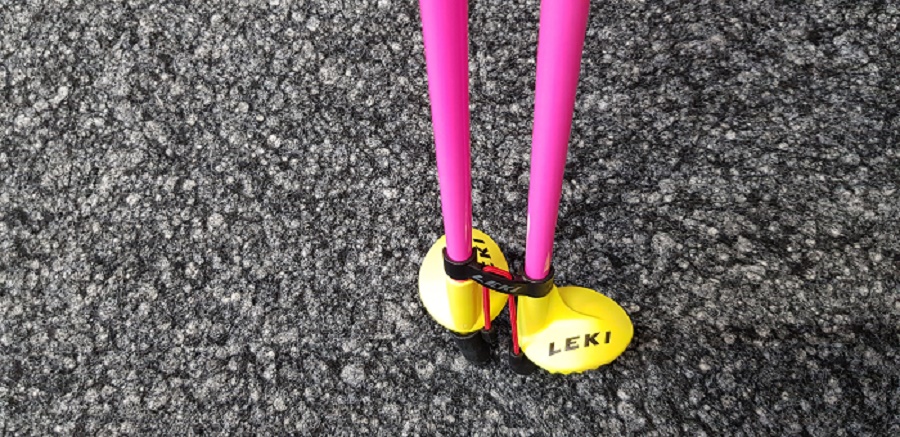 The super race baskets of Leki cross country ski poles.
The super race baskets of Leki cross country ski poles.The Shaft
The shaft of a cross country ski pole determines its stiffness and how much the pole will flex. Stiff ski poles make your skiing more efficient because you lose less energy to bending the pole.
However, the shaft is gladly viewed as a decisive criterion, but this is only marginally true in the high-end cross country ski poles area.
Here the manufacturers have moved very closely together to save every crucial gram of add-on parts. In terms of stability, the limit has almost been reached.
The flexural rigidity and vibration behavior tend to decrease again due to the extreme material.
So, if you are looking for a very stiff XC ski pole, you may be better off with a slightly heavier model or a quality model below that.
I have separated the cross country ski poles used for groomed trails into two categories. The category for high-end ski pole models that are used mainly by cross country ski racers. And the category for beginners who are looking for a cheaper alternative and that cost around 100 Euro.
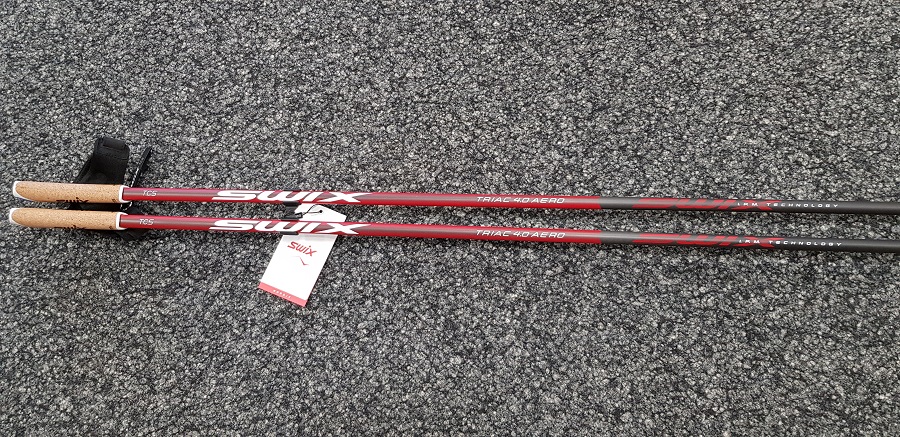 The top cross country ski pole from Swix is the Triac 4.0 Aero. The shaft from 100% carbon weights only only 56g/meter.
The top cross country ski pole from Swix is the Triac 4.0 Aero. The shaft from 100% carbon weights only only 56g/meter.The Grip
The grips of cross-country ski poles are gladly neglected, but this is where your body and material come into contact.
For this reason, the right shape is important. Over the last few years, there has been a lot of experimentation, particularly what the bending concerns. From extreme pre-bend, which some manufacturers already started from an extreme pre-bend in the shaft. While others did exact the opposite with handles bent backward.
The latter causes the elbow to approach the pole shaft, which leads to an extreme small angle between the upper arm and forearm. These variants have now almost completely disappeared from the market.
Tests have shown that a grip which is bent forward creates a flatter angle in the arm. For this reason, an athlete moves in a more upright skiing position, as required in modern cross country skiing. Here the cross country ski poles have to match the skiing style of the athlete.
Further variants of the grip result from the cross-section. Will say that from consistently round to tapered and up to models with recessed grips for thumbs and forefingers is everything included.
In the end, this shape doesn’t affect the skiing behavior, but it does contribute to a pleasant ski feeling. And sometimes the opposite!
Cork for the grip section has now become the standard material for all cross country ski poles over 100 euros. Maximal grip in all weather conditions and heat-retaining properties speak for the natural material.
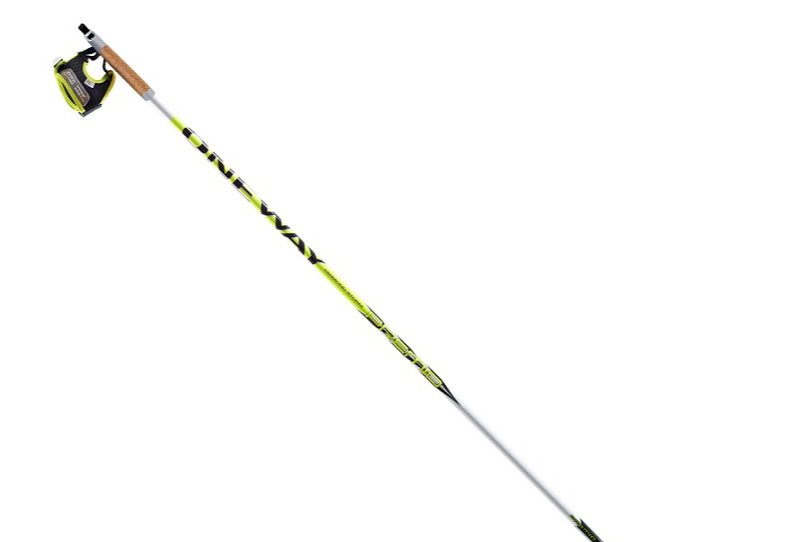 The Premio 30 Kit cross country ski pole is one of the best rated on the market. At a 146g a pole, it is very light, but could be a bit stiffer.
The Premio 30 Kit cross country ski pole is one of the best rated on the market. At a 146g a pole, it is very light, but could be a bit stiffer.The strap
The second contact area between the hand and the ski pole is the strap. Lockable and adjustable power straps are the standard on all poles. However, the processing offers great potential for variations.
In terms of tensile strength, the straps are quite similar. And stretching effects come mostly from the clamping devices.
Classic clamping wedges are only found occasionally. This is because they are relatively time-consuming in terms of initial adjustment. They are not always the ideal choice in terms of clamping force.
Much more stable are click systems, be it with quick release or permanent. However, they require a selection of different strap sizes and / or their adjustability.
When it comes to the shape of the strap, the variations are rather small, rather the material used is an important factor.
A very stiff strap initially gives a lot of confidence but can also have a drastic effect in the long run. If the material is too soft, the hand feels loose when it is opened.
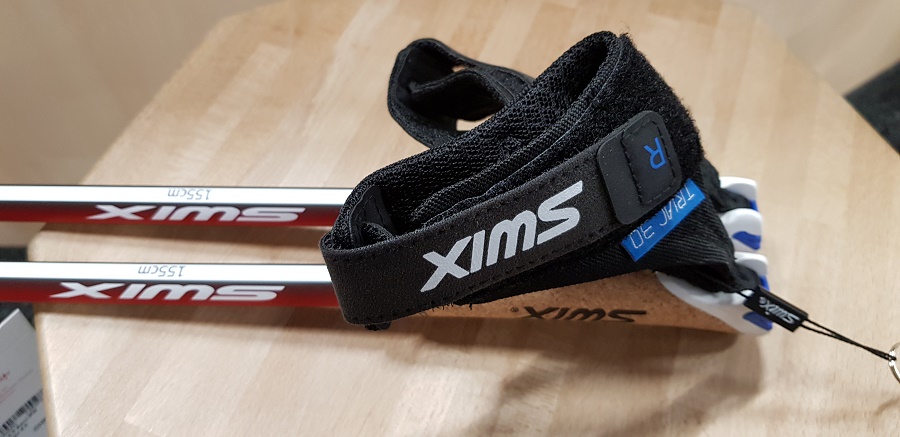 The Swix Triac 4.0 straps of the Swix company are stiff and the ski poles are the lightest on the market
The Swix Triac 4.0 straps of the Swix company are stiff and the ski poles are the lightest on the market- Home
- Equipment
- Best Skin Skis
- Cross Country Ski Poles
